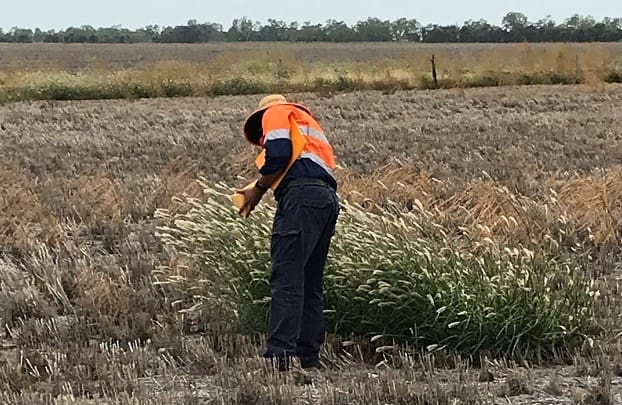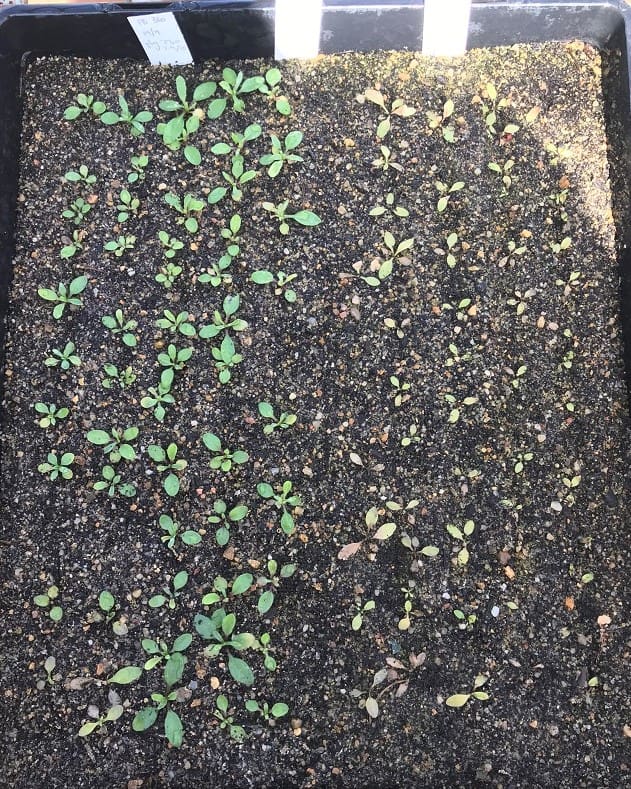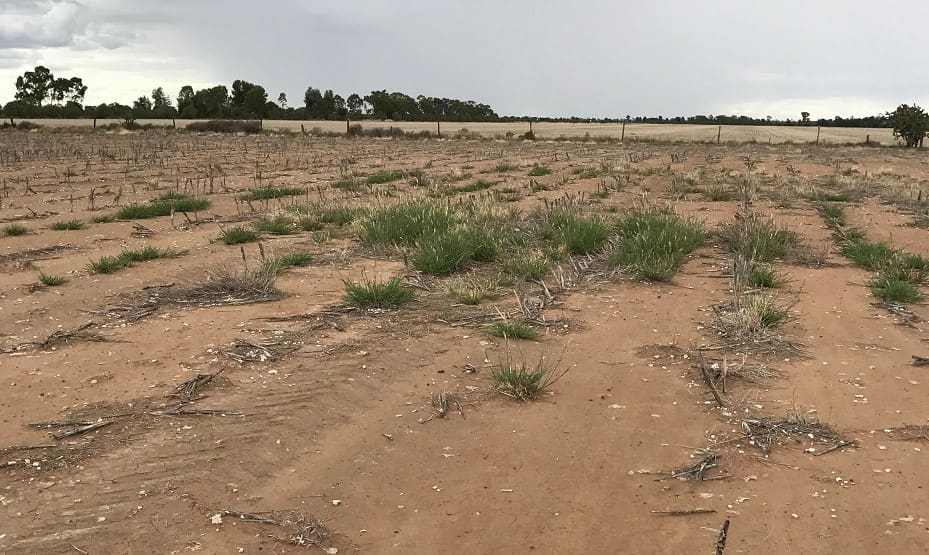
Dr Adam Jalaludin (QDAF) recommends herbicide susceptibility testing as the first step in addressing patches of resistant weeds.
THE first multi-species herbicide resistance survey conducted in the northern grain growing regions of New South Wales and Queensland has shown that while resistance to key herbicides is prevalent, growers are keeping weed numbers low, for now.
Rising resistance to glyphosate has been clearly demonstrated but this key herbicide can continue to be a highly effective tool for weed control, provided growers and agronomists implement a variety of tactics, such as the double knock, mixing and rotating herbicides and seed bank management, as a matter of urgency.
With GRDC investment, the Queensland Department of Agriculture and Fisheries’ Dr Adam Jalaludin and Charles Sturt University NSW’s Dr John Broster led their respective teams through the process of testing samples and analysing the results for weed seed collected throughout the northern cropping region in 2016 and 2017.
Weed seed samples were collected from 440 paddocks across northern NSW (244) and Queensland (196). The seeds were sown in controlled conditions and when the plants reached the three to five leaf stage they were tested for resistance to a range of herbicides. While collecting weed seed samples the researchers also assessed the weed density in each surveyed paddock.

Fleabane populations one week after spraying with glyphosate. Susceptible control population (right) and a resistant population collected during the northern region herbicide resistance survey.
The summer weed species collected across the northern region and screened in Queensland included sowthistle, fleabane, awnless barnyard grass, feathertop Rhodes grass, windmill grass and liverseed grass.
Of these predominantly summer-active species, only sowthistle, awnless barnyard grass and liverseed grass are listed on the label as being controlled by glyphosate alone. There is no label claim that the other three species – fleabane, feathertop Rhodes grass and windmill grass, will be controlled at the registered label rates of glyphosate (729 grams of active ingredient per hectare).
“Not surprisingly, all fleabane populations collected failed the glyphosate test,” Dr Jalaludin said. “Interestingly, 32 per cent of the feathertop Rhodes grass populations and 42 per cent of the windmill grass populations were actually susceptible to glyphosate.
“Of concern was that 36 per cent of awnless barnyard grass populations and 14 per cent of the sowthistle populations were resistant to glyphosate.
“In this survey we detected evolved resistance to haloxyfop in feathertop Rhodes grass and to imazapic in windmill grass, albeit at a low frequency.”
Glyphosate resistance
Glyphosate resistance is entrenched in the northern region, and for sowthistle is much worse than in other areas of Australia. The good news is that weed density is relatively low and there is susceptibility to other herbicides.
“It is essential that an integrated approach is taken to manage these key weeds in summer crops and fallow,” Dr Jalaludin said. “An increasing number of weeds from a range of species are surviving glyphosate treatment, giving a clear indication that over-reliance on this herbicide is unsustainable.”
“Herbicide testing is a good place to start to identify which herbicides provide the best control. Herbicide applications should be supported with as many other WeedSmart tactics as possible and any survivors removed.”

It is essential that an integrated approach is taken to manage key weeds in summer crops and fallow.
Summary of results
- The populations of viable sowthistle seed were screened with glyphosate, 2,4-D amine, Velocity and chlorsulfuron. Glyphosate and cholsulfuron provided poor control while all populations were susceptible to 2,4-D amine and Velocity.
- Fleabane populations across the northern region were screened with glyphosate and 2, 4-D amine. All fleabane populations tested survived treatment with glyphosate while no sample survived the application of 2,4-D amine.
- Screening of the feathertop Rhodes grass populations revealed 68 per cent were not controlled by glyphosate. One population survived treatment with haloxyfop, while all populations were controlled with clethodim.
- Thirty-six per cent of the awnless barnyard grass populations collected across the Northern region were resistant to glyphosate. Fortunately, all populations were susceptible to propaquizafop, clethodim and imazapic.
- Most of the windmill grass populations sampled in the survey were found in NSW. Screening showed that more than half (58%) of the populations were not controlled with glyphosate. Similarly, 40 per cent of the populations survived imazapic treatment. All populations were totally controlled by propaquizafop and clethodim.
- The screening of the few viable liverseed grass populations collected across the Northern region did not reveal any evolved herbicide resistance.
- Weeds collected in this survey were screened against several herbicides for which there are no label claims for some species. In field conditions, these weeds are often subject to exposure to a range of herbicides, which may be observed to have some activity. It is illegal to apply herbicides in any way contrary to the label and the results from this research are not a recommendation of use.
Source: Weedsmart, www.weedsmart.org.au

HAVE YOUR SAY